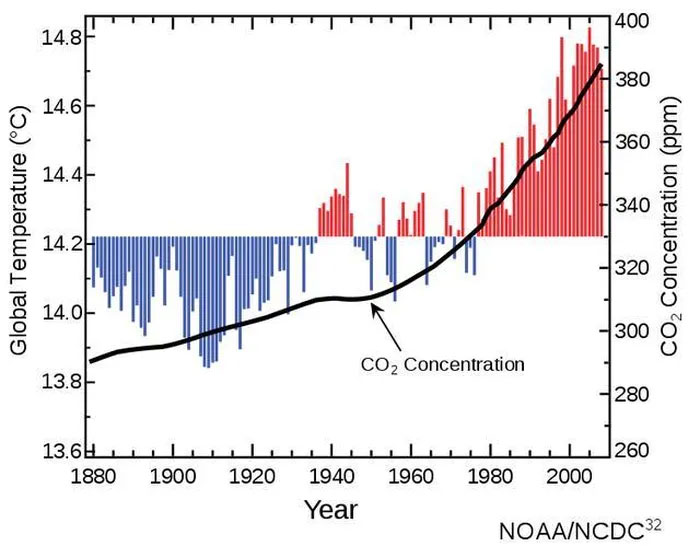We often think of climate science as something that has only recently begun. The truth is, like most fields of science, it started a long time ago. Scientific progress is often a slow and tedious process, and climate science is no exception. From the discovery of carbon dioxide to the most complex climate models, it has taken us a long time to achieve the results we have today.
Unfortunately, many scientists who played a crucial role in this climate journey have not received the recognition they deserve. A prime example is Eunice Newton Foote.

Eunice Newton Foote.
Foote was born in 1819 in Connecticut, USA. She spent her childhood in New York and later attended classes at the Troy Female Seminary, a higher education institution exclusively for women. She married Elish Foote in 1841, and the couple was actively involved in movements advocating for the suffering and abolitionism. They participated in the “Convention on Women’s Rights” and signed the “Declaration of Sentiments” in 1848.
Eunice was also an inventor and an “amateur” scientist, a brave endeavor at a time when women were rarely allowed to participate in science. However, one of her discoveries became a tool in the field of climate science.
In 1856, Eunice conducted an experiment to explain why the air at lower altitudes is warmer than at higher elevations. At that time, scientists were uncertain about this issue, so she decided to test it. She published her results in the American Journal of Science and Arts.
Foote placed two cylindrical containers under the Sun and then moved them into the shade, each with a thermometer inside. She ensured that the experiment began with both containers at the same temperature. After three minutes, she measured the temperature in both situations.
She found that the thin air did not warm up as much as the dense air, which explained the temperature difference between the mountain tops and the valleys. She then compared the effects of humidity using the same apparatus. To ensure that one of the containers was sufficiently dry, she added calcium chloride. The result was a much warmer container with humid air, in contrast to the dry one. This was the first step in explaining atmospheric processes, with water vapor being one of the greenhouse gases that sustain life on Earth.
But that was not all. Foote went further and studied the effects of carbon dioxide. This gas has a significant warming effect on the air. At this time, Eunice did not realize it, but with her measurements, the warming effect of water vapor raised temperatures by 6%, while the container with carbon dioxide increased by 9%.
Surprisingly, Eunice’s conclusions included a simple inference about how the atmosphere would react to increased CO2. She predicted that adding more gas would lead to rising temperatures – something we now know to be true. Additionally, she also discussed the impact of carbon dioxide in past geological times, as scientists had found evidence indicating that Earth’s climate varied during different periods at that time.
We now know that during different geological periods of Earth, the climate was significantly warmer or cooler. In fact, between the Permian and Triassic periods, CO2 concentrations were nearly five times higher than today, leading to a temperature increase of 6ºC (10.8ºF).
Eunice Foote’s discoveries were presented to Scientific American in 1856, where they were discussed by Joseph Henry at the eighth annual meeting of the American Association for the Advancement of Science (AAAS).
Her research was mentioned in two reports in Europe; however, her name was largely overlooked for over 100 years – until the scientific community officially recognized her observations in 2011.
The credit for this discovery was once attributed to Dr. John Tyndall, an Irish physicist. He published his findings in 1861, explaining how radiation absorbs (heat) and which radiation it was – infrared radiation.

Dr. Tyndall was a member of the editorial board of the journal that republished Foote’s work. It’s possible he did not actually read the paper, or simply ignored it because it was by an American scientist (a common practice among European scientists at that time), or perhaps due to her gender. But he may have also drawn some inspiration from it – without citing it.
It should be noted that Tyndall’s research was more advanced and accurate. He had better resources and utilized the latest discoveries in physics to support his hypothesis.
It is unfortunate that researchers like Foote did not receive the recognition they deserved, but it is encouraging that the scientific community is finally beginning to acknowledge some of these pioneers. There is still much work to be done.


















































